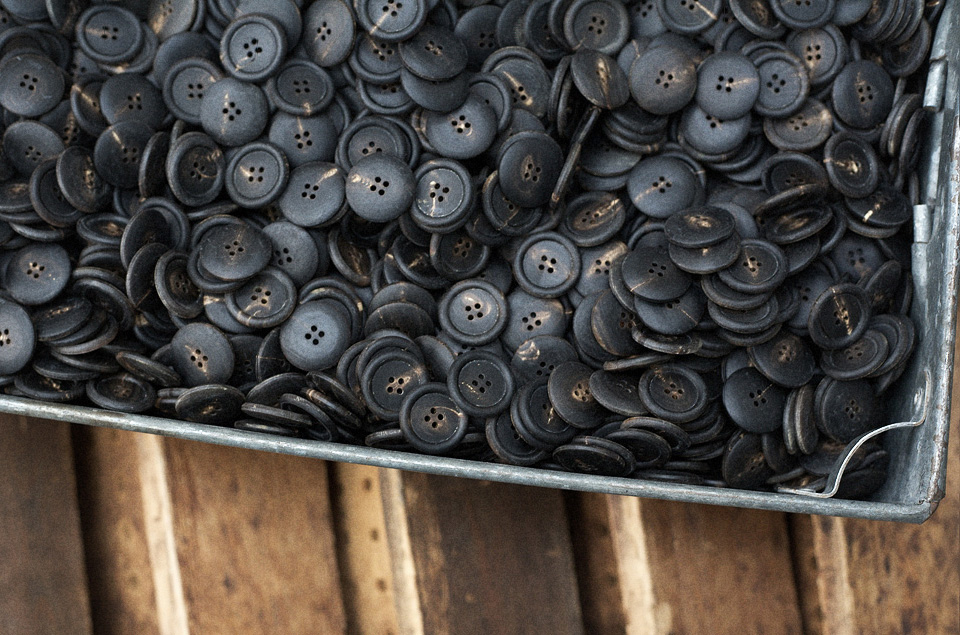The world has changed. For the first 50 years of the twentieth century, consumers in the US spent approximately 12-14% of their annual income on clothing. Today, we spend only about 3%. Yet even with (or because of) this drastic change) our closets are actually bigger. The American home has doubled in size since the 1950s and along with it closet space has gone up, too. You can expect to own a full five times as many clothing items as grandparents did in the first half of the 20th century. The transfer of clothing production overseas to take advantage of low labor costs has made it possible for us to buy large quantities of items without paying much for them. But this is changing, and so-called “slow fashion” is already gaining steam.
Fast food enjoyed it’s heyday, then saw the angry backlash of the slow food movement that went mainstream so quickly that many consumers never even heard of slow food. Every Whole Foods or Chipotle you pass, you can slow food for creating – even if much of their wares are a complete bastardization of the slow food movement. Consumers are now happy to pay a little more for their food if they can feel good about how it was cultivated and prepared. Likewise, the price of clothing is readying to increase, yet the quality we currently see will remain the same.
Raw materials will cost more, wages for workers will go up, and the infrastructure needed to produce items at the right quality standards will be costly—all of which will be passed on to you the consumer. In China, manufacturing wages have increased by 71% since 2008 and are projected to rise by 10% this year. Manufacturers the world over are searching for other production locations with cheaper labor, but wages are rising in just about every countries.
While low-cost “fast fashion” appeals to the consumer wallet, more consumers now associate this low-cost, season specific clothing with the ethical issues of low wages and poor working conditions. So what should shoppers do when faced with rising costs and the ethical dilemmas of cheap clothing?
One option is to reconsider our approach to clothing by taking a cue from Europeans who have historically been more focused on quality rather than simply quantity. Consider your own wardrobe—think about how many items of clothing you own and how often you wear each of those items. I’m willing to guess that most of you wear about 20% of our clothing 80% of the time.
More awareness of the ethical issues related to this disposable fashion culture are coming to the forefront with the increasing momentum of the slow fashion movement and the development of organizations like the Ethical Fashion Forum, which aims to support and promote sustainable fashion practices related to the social and environmental practices within the fashion industry.
The slow fashion movement making its way across our shores can already been seen in the demand for raw denim pants and vintage crafted overcoats. With its dependence on classics, it is no wonder that men’s fashion was the first beachhead for slow fashion. The real test will be to see how women’s style welcomes the idea of downsized closets and a few high-quality basics. Whatever the outcome for the opposite sex, now is a great time to pick up items for your wardrobe that have a high probability of being passed down to your grandchildren.


